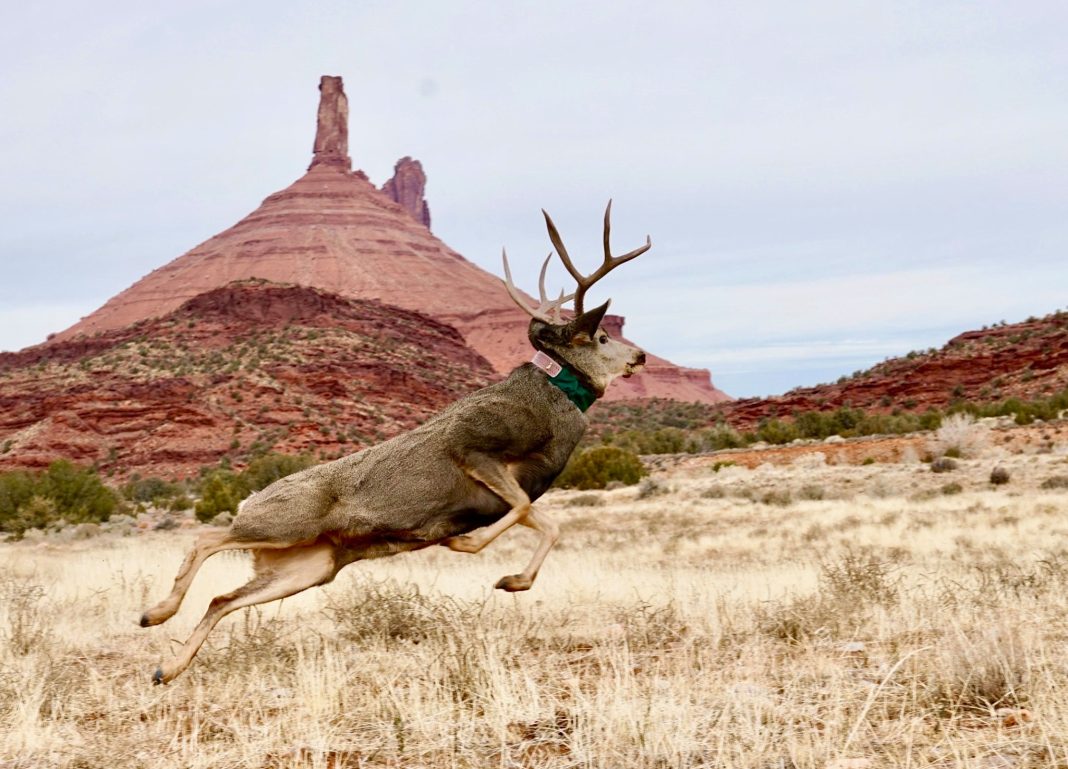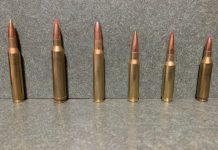For the fifth consecutive year, the Utah Wildlife Board has approved a decrease in the number of general-season deer hunting permits. The board also approved other big game and antlerless hunting permits that will be issued during the 2023 seasons. The decrease in the number of permits is based on various factors, including buck-to-doe ratios, current population estimates, data from GPS collars, hunter-harvest rates from the prior hunting season, and habitat and environmental conditions across the state. DWR biologists also weigh additional factors and data in recommending hunting permit numbers for deer.
The current deer management plan in Utah includes an objective to have 404,000 deer across the state. However, there are currently only an estimated 335,000 deer in the state. Dax Mangus, the DWR Big Game Coordinator, stated that the survival rates of doe deer, fawn production, and fawn survival after winter are the most important factors that drive deer population numbers. He also noted that the way they hunt buck deer in Utah doesn’t drive deer populations, but what happens with deer populations drives how they hunt buck deer.
Reducing Deer Permits
Deer herds in the northern and northeastern parts of the state were hit the hardest by severe winter conditions. After discussing the DWR recommendations and public feedback, the Utah Wildlife Board approved a decrease of 7,500 permits in northern Utah, a decrease of 550 permits in central Utah, a decrease of 700 permits in northeastern Utah, an increase of 600 permits in southern Utah, and a decrease of 200 permits in southeastern Utah for the various areas of Utah.
In addition to deer permits, the board also approved an increase in public draw bull elk permits for the 2023 hunts and an increase in youth draw-only any bull elk permits to give youth additional hunting opportunities. The board also approved an action item, requesting that the DWR do some research on requiring mandatory tooth reporting for elk harvested in limited-entry bull elk hunts.
Reduced tags for the fifth consecutive year reflect the efforts of the Utah Wildlife Board and DWR biologists to maintain healthy wildlife populations across the state. Biologists look closely at each hunting unit and individual situation when they make permit recommendations. They use the best available data and their management plans to make proactive recommendations for the herd health of Utah’s wildlife.
You can read more about these changes by clicking here. Likewise, you can read more Utah hunting news by clicking here.















